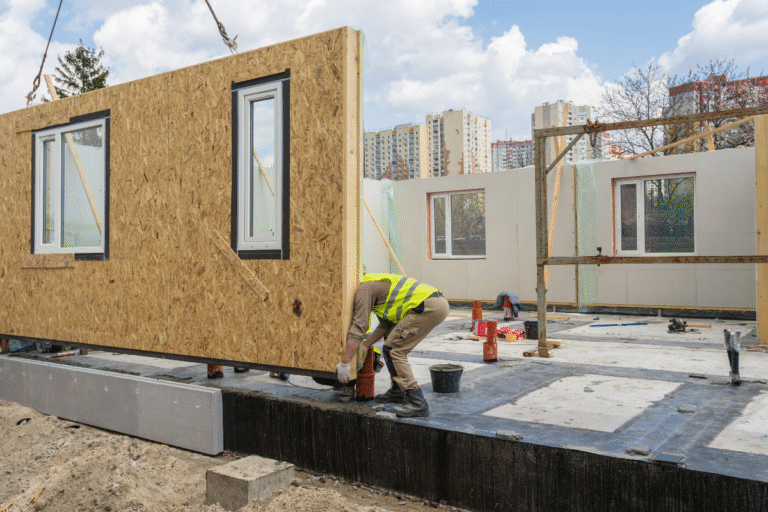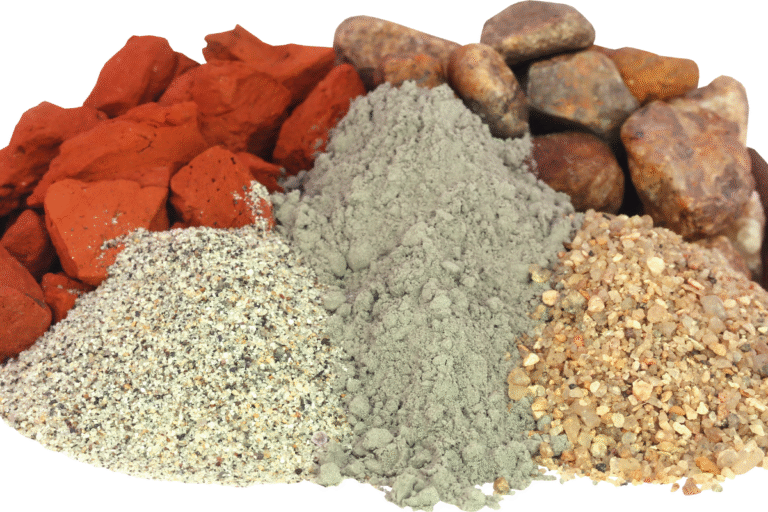Precast Concrete Usage Trends India 2025: 10 Key Insights for the Future
Meta Description: Precast concrete usage trends India 2025 reveal how this technology is transforming construction through speed, sustainability, and cost-effectiveness. Explore the latest developments here.
Introduction to Precast Concrete in India
Precast concrete, where structural elements like beams, walls, and slabs are manufactured in a controlled environment and then transported to construction sites, is no longer a niche solution in India. In 2025, the technology has become a core pillar of India’s rapidly urbanizing infrastructure, thanks to its ability to speed up projects while reducing costs. According to multiple industry reports, India’s precast market is expected to grow by over 8% CAGR between 2024 and 2030.
The rising demand is being fueled by smart city initiatives, affordable housing schemes like PMAY (Pradhan Mantri Awas Yojana), and the commercial boom in metros. Let’s dive into why this technology is thriving and what trends you need to watch.
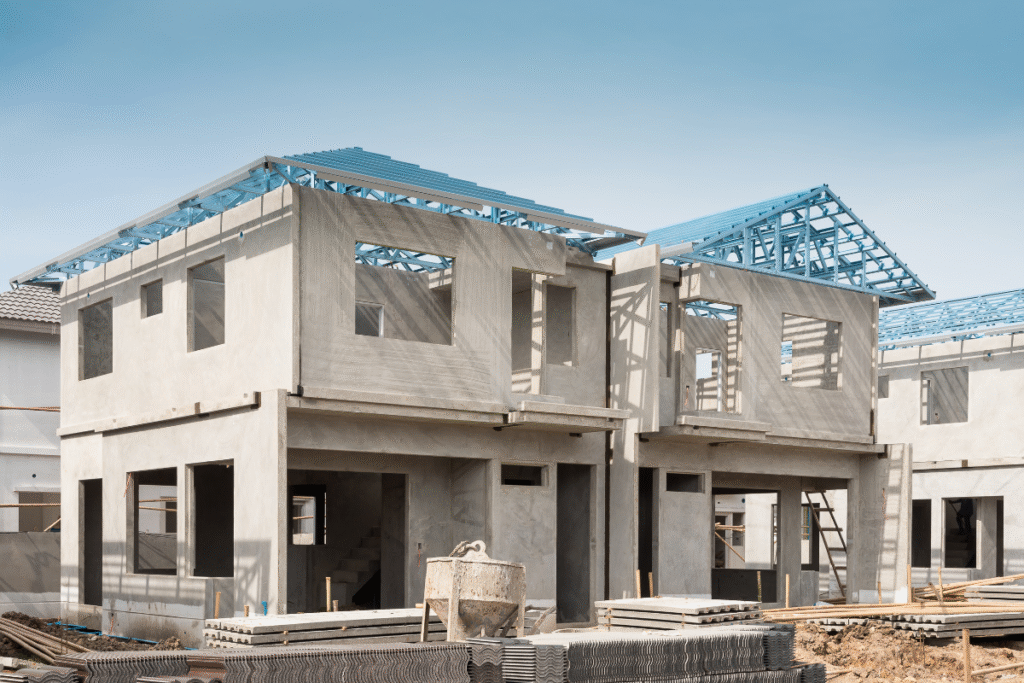
Why Precast Concrete Is Gaining Momentum
The surge in precast concrete adoption in India can be attributed to several key drivers:
- Speed of construction: Precast components can be produced while site preparation is ongoing, reducing timelines by up to 50%.
- Cost efficiency: Lower labor requirements and reduced project delays help developers save.
- Quality control: Factory production ensures consistent strength and durability.
- Sustainability: Less material wastage and better energy efficiency.
By 2025, tier-2 and tier-3 cities are also adopting precast solutions, not just metros, as local contractors gain access to manufacturing facilities.
Market Growth Forecast for Precast Concrete in India (2025 and Beyond)
According to CRISIL and other market analysts, India’s precast concrete sector is set to cross USD 12 billion by 2030, fueled by:
- Large-scale metro and railway projects
- Industrial park and warehouse development
- Rising adoption in low-cost housing
- Demand for earthquake-resistant structures
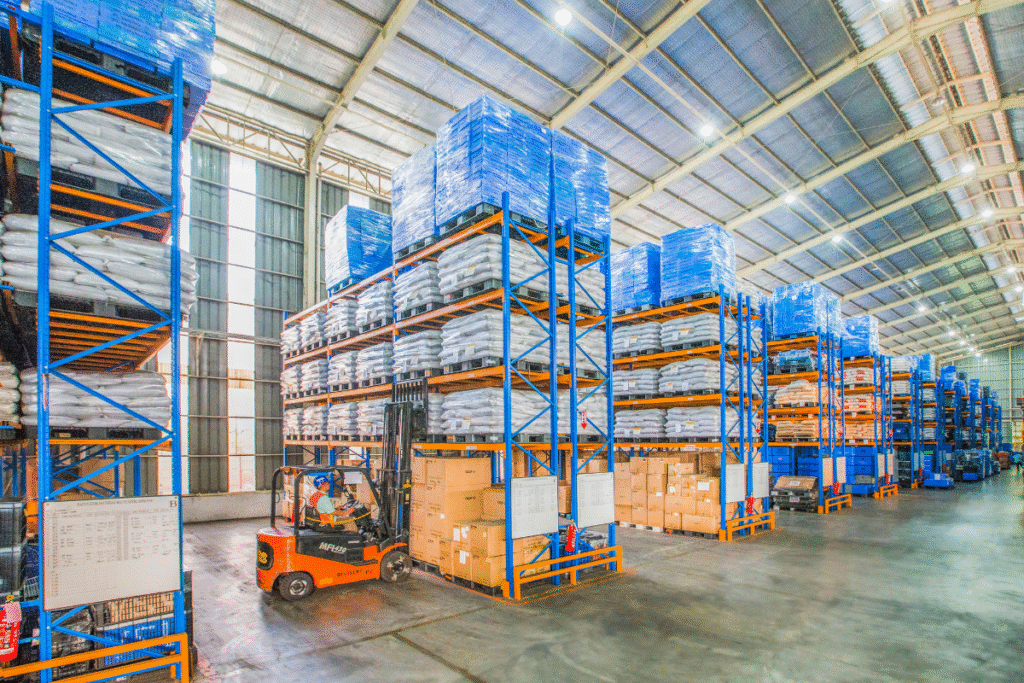
Here’s a quick market snapshot for 2025:
| Sector | Growth Rate (YoY) | Market Share (2025) |
|---|---|---|
| Residential Housing | 9% | 35% |
| Commercial Spaces | 10% | 40% |
| Infrastructure | 12% | 25% |
These numbers indicate a broad, multi-sectoral boom, supported by rising demand for warehouses, metro networks, and data centers.
Government Policies and Smart City Projects Driving Adoption
The Indian government’s urban development initiatives are among the biggest catalysts for precast growth.
Key programs include:
- Smart Cities Mission: Encouraging modular and rapid construction for housing and infrastructure.
- PMAY (Pradhan Mantri Awas Yojana): Leveraging precast to achieve Housing for All by 2026.
- Gati Shakti and National Infrastructure Pipeline: Prioritizing faster construction for transport, energy, and logistics projects.
Government tenders are increasingly specifying prefabrication and precast requirements, signaling a policy-level push toward industrialized construction.
Technological Innovations in Precast Manufacturing
Precast technology is evolving rapidly in India with innovations such as:
- Automated casting systems – reducing labor dependence.
- High-strength, self-compacting concrete (SCC) – improving structural quality.
- BIM (Building Information Modelling) integration – allowing seamless design and installation.
- 3D printing for molds and architectural elements – lowering custom fabrication costs.
These advancements make precast more versatile for everything from affordable housing to luxury commercial projects.
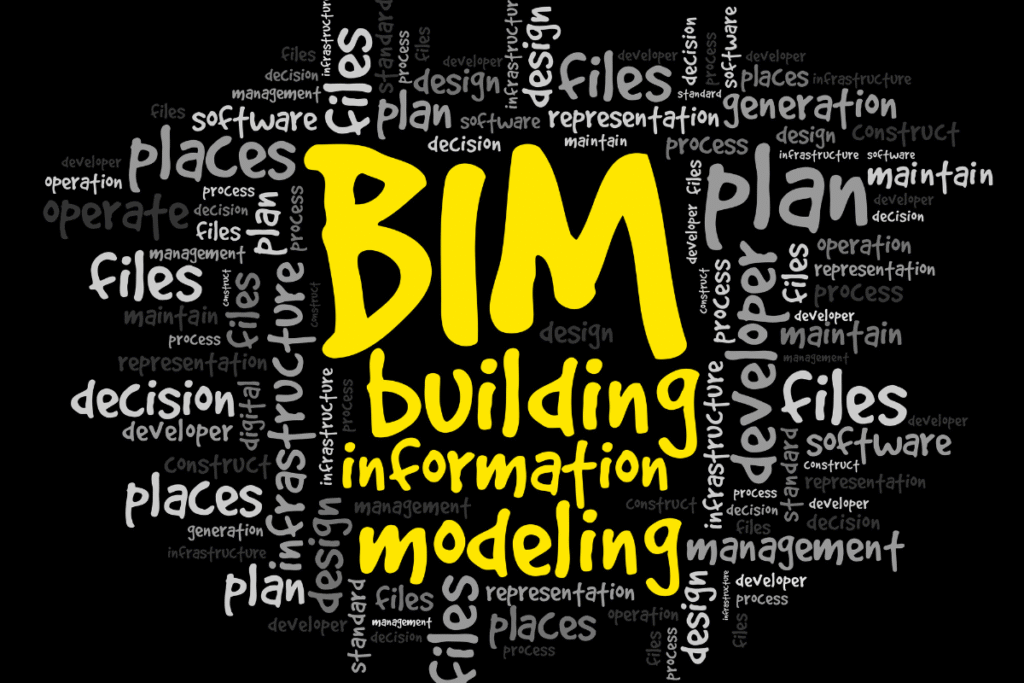
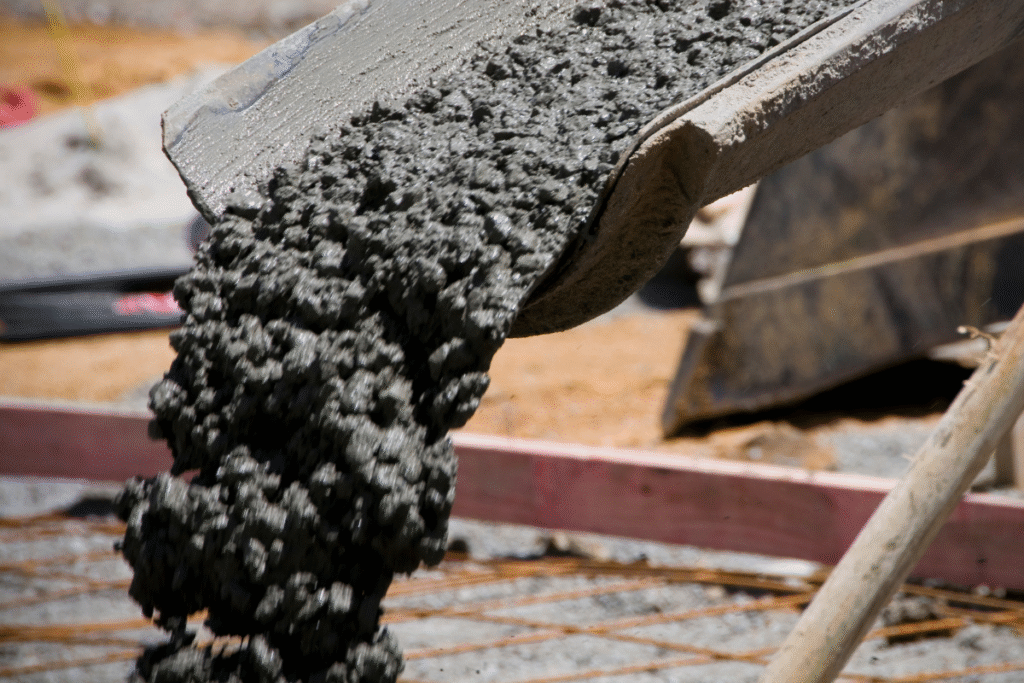
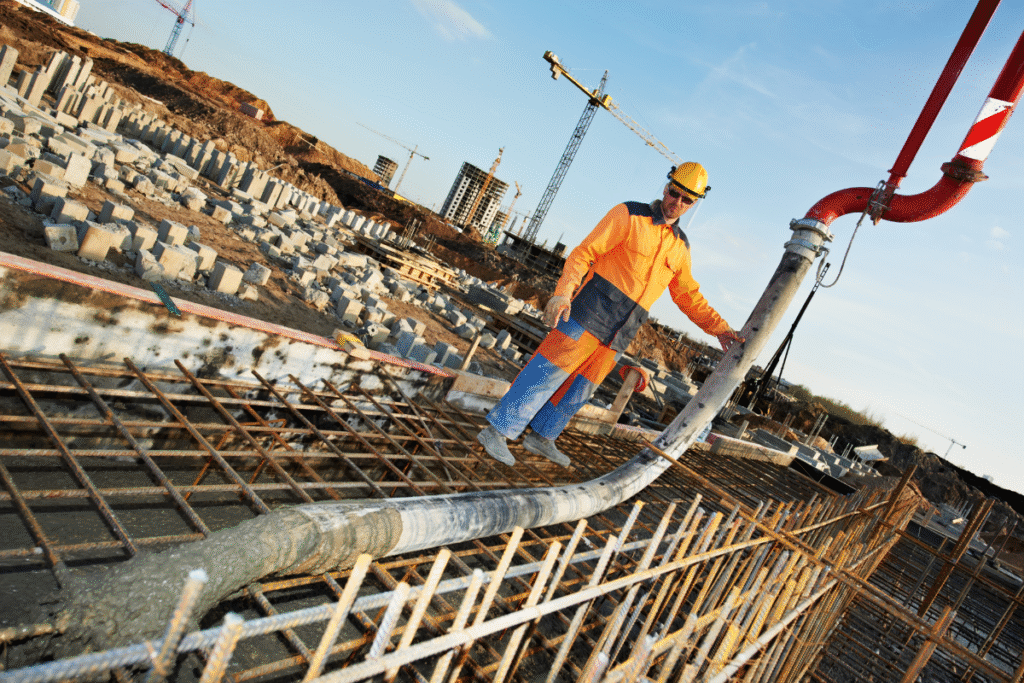
Cost and Time Savings: Real-World Case Studies
Several case studies highlight the efficiency of precast in India:
- Mumbai Metro Line 3: Precast segments reduced construction time by 8 months compared to traditional methods.
- Bangalore IT Parks: Developers saved up to 20% in labor costs and 30% faster delivery using precast floor systems.
- Affordable Housing Projects in Gujarat: Modular precast units enabled 1,000+ homes delivered within 6 months.
These examples prove precast is not just for large-scale infrastructure—it’s equally effective in residential and mixed-use projects.
Environmental and Sustainability Advantages
With India’s focus on net-zero emissions by 2070, precast concrete is a green ally for builders:
- Less onsite waste generation (up to 60% reduction).
- Recyclable materials and water reuse in factories.
- Compatibility with solar and energy-efficient building systems.
Many developers are achieving IGBC Platinum and GRIHA certifications by combining precast with green concrete and fly-ash-based materials.
Precast Concrete in Residential vs. Commercial Sectors
While residential developers use precast to fast-track low-cost housing, the commercial and industrial sectors are driving higher profit margins.
- Residential: Affordable apartments, student housing, and urban redevelopment.
- Commercial: IT parks, shopping malls, and office complexes demand aesthetic flexibility that modern precast provides.
The industrial sector, particularly warehousing and data centers, is also a major growth driver, fueled by e-commerce and logistics expansion.
Challenges Hindering Precast Adoption in India
Despite its growth, some challenges remain:
- High initial investment for manufacturing facilities.
- Lack of trained workforce for installation and quality control.
- Transportation costs for large precast elements in remote areas.
- Resistance to change among small and mid-sized contractors.
Industry bodies like Indian Concrete Institute (ICI) are working on training programs and subsidies to address these barriers.
Future Trends: Modular and Digital Construction
By 2030, the Indian construction landscape will see a paradigm shift toward modularity and digital integration, with precast at its core.
BIM (Building Information Modelling) Integration with Precast
BIM enables precise 3D modeling, minimizing design errors and enhancing coordination across stakeholders.
Use of Green Concrete and Recycled Materials
Factories are adopting fly ash, slag, and recycled aggregates, meeting environmental regulations and reducing costs.
Key Industry Players and Partnerships to Watch
Several players are leading the precast revolution:
- L&T Construction – spearheading metro and commercial projects.
- Elematic India – offering advanced machinery and turnkey solutions.
- Godrej Construction – innovating with recycled materials.
Strategic PPP (Public-Private Partnership) models are also emerging, accelerating smart city and infrastructure projects.
FAQs on Precast Concrete Usage in India
1. Is precast concrete more expensive than traditional construction?
Not in the long term. While upfront costs for factories and transport are higher, project timelines, labor, and material savings offset expenses.
2. Can precast be used for affordable housing?
Yes. Many PMAY projects rely on modular precast units to deliver faster and cheaper homes.
3. How durable is precast concrete in Indian climates?
With proper design and curing, precast structures last 50+ years, resisting monsoons and seismic activity.
4. What’s the biggest barrier to precast adoption?
High initial investment and lack of skilled labor remain key challenges.
5. Does precast help meet green building certifications?
Absolutely. Precast integrates well with GRIHA and IGBC by reducing waste and using eco-friendly materials.
6. Which cities are seeing the most growth in precast?
Delhi NCR, Mumbai, Bangalore, Hyderabad, Pune, and tier-2 hubs like Indore and Surat.
Conclusion: The Road Ahead for Precast in India
By 2025, precast concrete is no longer just a niche alternative—it’s a mainstream construction solution, essential for India’s rapid urbanization. With government incentives, smart city projects, sustainability goals, and technological innovations, precast is poised to reshape the industry.
For developers, contractors, and investors, adopting precast now means staying competitive, future-ready, and sustainable.

